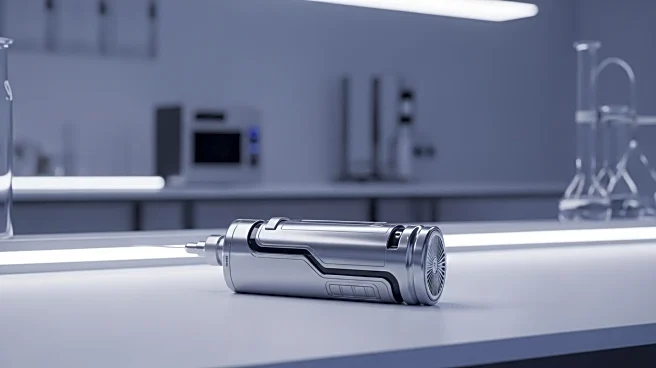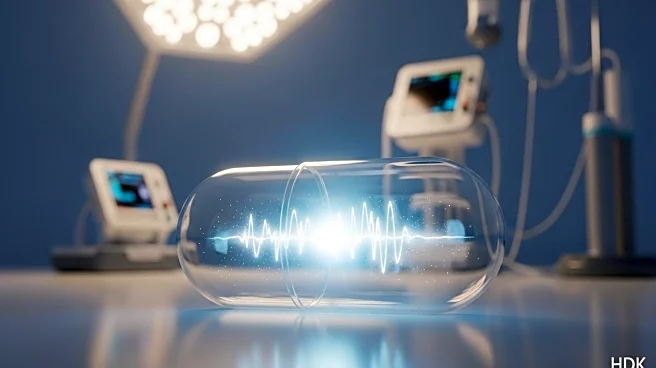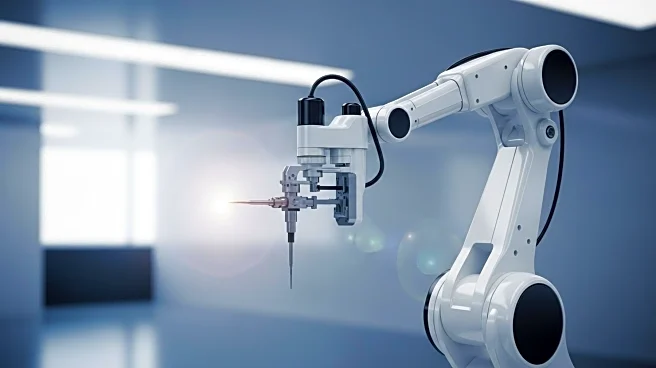What's Happening?
CROSSJECT, a global specialty pharmaceutical company, has secured an additional $11.3 million in funding from the U.S. Biomedical Advanced Research and Development Authority (BARDA). This funding is aimed at advancing the development and regulatory approval of ZEPIZURE, an epileptic rescue therapy utilizing the ZENEO needle-free auto-injector platform. The total contract funding for this initiative now stands at $43.3 million. Recent progress includes the manufacturing of validation batches and the completion of a facility audit, which are crucial steps towards obtaining FDA Emergency Use Authorization (EUA) and New Drug Application (NDA) approvals. Upon FDA approval, CROSSJECT will fulfill a contract to supply 306,000 adult and 54,000 pediatric ZENEO Midazolam autoinjectors, valued at $60,840,000.
Why It's Important?
The additional funding from BARDA underscores the strategic importance of ZEPIZURE in emergency medical situations, particularly for the U.S. Strategic National Stockpile initiative. The needle-free auto-injector technology is designed to allow easy administration of emergency drugs by patients or untrained caregivers, which can be critical in life-threatening situations such as epileptic seizures. This development not only enhances the preparedness of the U.S. healthcare system but also represents a significant advancement in pharmaceutical technology, potentially benefiting patients with various emergency medical needs.
What's Next?
CROSSJECT is approaching key regulatory and commercial production milestones, supported by its collaboration with BARDA. The company is focused on meeting the requirements for FDA EUA and NDA submissions, which will enable the commercial distribution of ZEPIZURE. The successful approval and deployment of this technology could lead to further partnerships and funding opportunities, expanding its application to other emergency medical conditions.
Beyond the Headlines
The development of ZEPIZURE highlights the growing trend towards innovative drug delivery systems that prioritize ease of use and rapid response in emergency situations. This could lead to broader acceptance and integration of needle-free technologies in healthcare, potentially reducing the risk of needle-related injuries and improving patient compliance.










